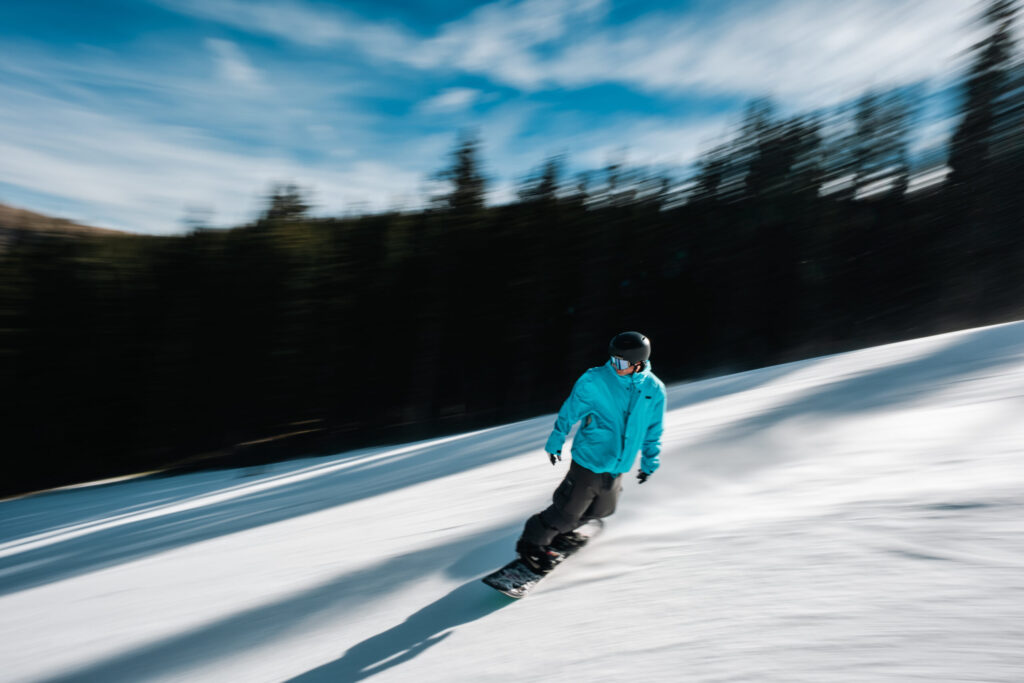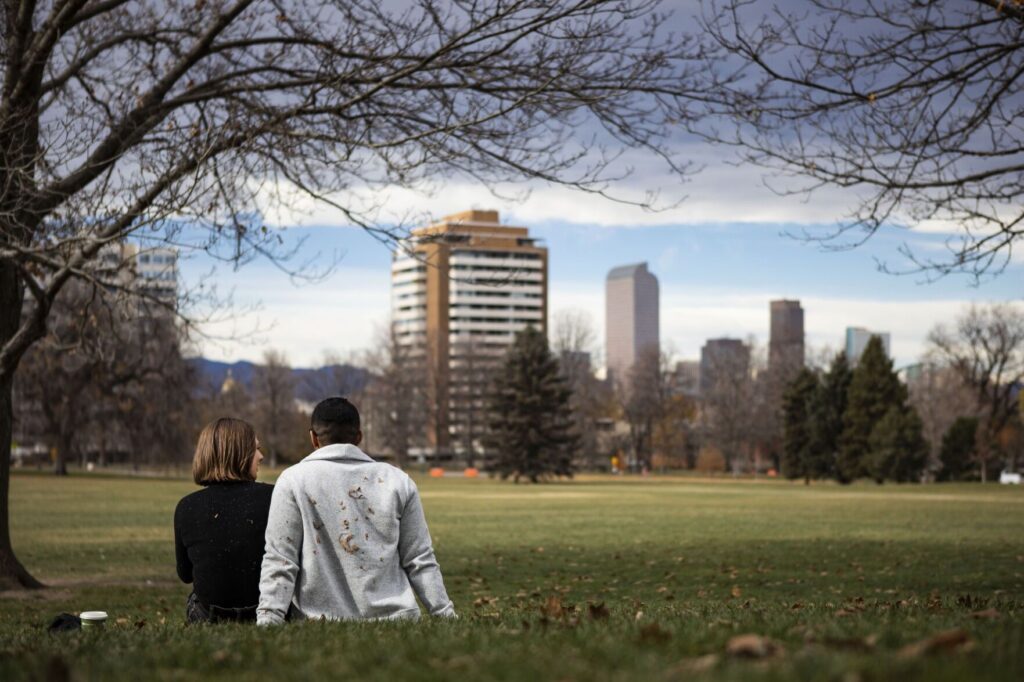Colorado respiratory season looks like ‘typical’ year after pandemic
After three years of uncertain respiratory seasons because of mitigation efforts during the COVID-19 pandemic that included face masks and social distancing, local health care officials believe this year just might be the return to normal.
Without transmission routes in 2020 with public schools and businesses restricted or closed, flu cases plummeted across the nation. Colorado, for example, had 34 flu-related hospitalizations in the 2020-2021 season compared to more than 3,500 the year before.
“The timing has been off for several years now,” said Dr. Kevin Carney, associate chief medical officer at Children’s Hospital Colorado.
Carney added: “The flu season is really, for us, back to normal.”
Local health officials believe RSV, a common respiratory disease that can be serious for the very young and old, may have already peaked this season.
RSV and influenza typically peak in February.
Last season, the RSV infection rate was the highest since at least 2018 and nearly twice as high the next worst spike, the 2021-2022 season, state data shows.
“Last year — hopefully — is a once in a lifetime RSV season,” Carney said.
Last fall, Children’s Hospital deployed patient care tents outside the emergency department of its Anschutz Campus location because of the record number of patients with respiratory illnesses, particularly RSV.
With the introduction of novel coronavirus, health officials now track COVID-19 in addition to flu and RSV.
Statewide, COVID-19 cases appear to have peaked in early November just as RSV and flu cases were beginning to climb.
Officials from both Children’s and Rocky Mountain Hospital for Children said that between Thanksgiving and Christmas their health systems were running near full.
“Every year we expected to be working with a pretty full hospital, with respiratory season,” Carney said.
The hospital, Carney said, spent most of the year preparing for the expected onslaught of these respiratory diseases in the fall with cooler temperatures when Americans spend more time indoors and children head back to school.
As of Dec. 1 — the latest state data available — there were 1.87 COVID-19, 3.04 flu and 3.46 RSV hospitalizations per 100,000 residents.
At its peak the week of Nov. 26, Colorado saw 6.02 COVID-19 hospitalizations per 100,000 residents, state data shows.
Dr. Danielle Dhaliwal, medical director for the Pediatric ICU at Rocky Mountain Hospital for Children, said they’re seeing severe influenza with invasive infections such as staph, strep and pneumonia.
“It’s tough,” Dhaliwal said. “This is the season of getting together.”
The community can protect itself by practicing good hand hygiene, covering coughs and getting vaccinated.
This respiratory season marks the first time an RSV vaccine became available, although demand has outstripped supply.
“The RSV vaccine is just not widely available in the community,” Dhaliwal said.
In July, the U.S. Food and Drug Administration approved the RSV vaccine for infants and in children up to 2 years of age who are vulnerable to severe disease. Those 60 years and older are also recommended for the RSV vaccine.
Local health officials had anticipated the new vaccine would be a game changer.
RSV is the number one cause of hospitalization in U.S. infants, according to the Centers for Disease Control and Prevention.
“We really see this as a genuine opportunity to make a huge dent in this,” Carney said.
And, Carney hopes the high demand is a good sign that the vaccine hesitancy around COVID-19 won’t erode confidence in the new RSV vaccine.
“The demand has outstripped availability, so, we’re cautiously optimistic parents have heard the message,” Carney said.

















